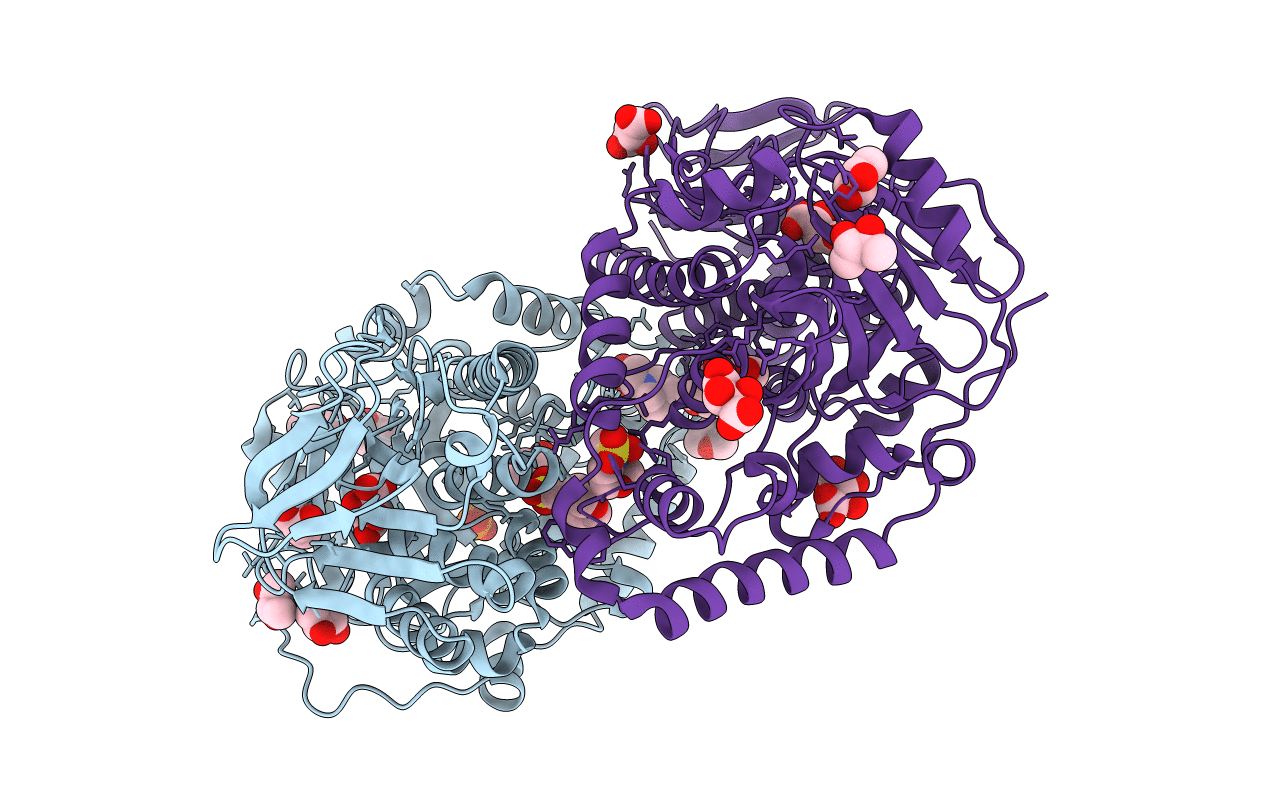
Deposition Date
2020-02-14
Release Date
2020-06-17
Last Version Date
2024-01-24
Entry Detail
PDB ID:
6Y1W
Keywords:
Title:
Xcc4156, a flavin-dependent halogenase from Xanthomonas campestris
Biological Source:
Source Organism:
Host Organism:
Method Details:
Experimental Method:
Resolution:
1.60 Å
R-Value Free:
0.18
R-Value Work:
0.15
R-Value Observed:
0.15
Space Group:
P 32


